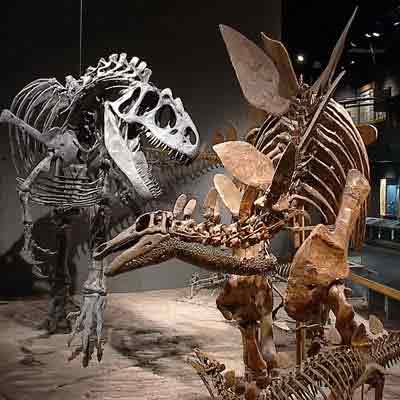Brazilian star Neymar vowed on Friday to help fire Brazil to a third straight Confederations Cup title at the expense of world champions Spain to show fans they can expect fireworks when he arrives in La Liga with Barcelona.
"We will be playing for our families, our friends, but above all for the Brazilian nation.
"We are ready for what will be an historic match," the 21-year-old starlet said as he looked forward to a mouthwatering encounter with the Spanish on Sunday in Rio's Maracana stadium.
"We shall be defending our country," added Neymar, who scored in all three group games before helping to create goals for Fred and Paulinho in the semi-final success over Uruguay.
"It will be a great match. Both teams are out to create history," added Neymar, noting that while Brazil are gearing up for an even bigger prize next year when they host the World Cup for the first time since 1950, landing Spain's scalp on Sunday would send out a message that a new Selecao has landed.
Spain, who have never won the Confederations event, will go into action on the back of a record 29 matches unbeaten and seeking an unprecedented fourth consecutive victory in a major tournament after Euro 2008 and 2012 triumphs sandwiched their maiden World Cup success in 2010.
Brazil meanwhile came into the tournament having dumped former coach Mano Manezes for 2002 World Cup-winning handler Luiz Felipe Scolari, despite the latter enduring some less than stellar recent spells in club football with Chelsea and Palmeiras.
Since Scolari's return, the auriverde have slowly begun to shape a team based on a blend of youthful exuberance encapsulated by the likes of Neymar himself and the experience of older players such as Fred, whose three goals, following a run of five in six friendlies, have fired up the new machine.
"This will be a real final showcasing great players. It should be a great game and I just hope I come off happy and a champion with my team," said Neymar, who added he was not afraid of the close attention the Spanish defence will undoubtedly seek to shackle him with.
"I will just go out there and do what I always do to help my team - take free kicks, spray passes around, score goals. I want to help the team."
Brazil are desperate to showcase the giant nation at this event as well as the World Cup, amid an ongoing battle to revamp sagging infrastructure and sometimes chaotic public services.
Since before the event started on June 15, more than 1.5 million Brazilians have been out in the streets in more than 100 cities protesting at the vast bill of some 15 billion dollars to host the two football jamborees, angry that the government has put money into that rather than health, education and transport.
A recent poll indicated two-thirds of citizens back the World Cup but the protests have continued and President Dilma Rousseff has been forced to promise wide-ranging institutional reform.
In allusion to the protests, Neymar said that just as the pressure was on the team to win trophies so it was on the government to improve the country's lot.
"The people know the importance of what is happening in Brazil and we are pleased if we can bring joy to the many who are not happy. Of course we all back the protests - as long as they are peaceful, without violence or vandalism.






